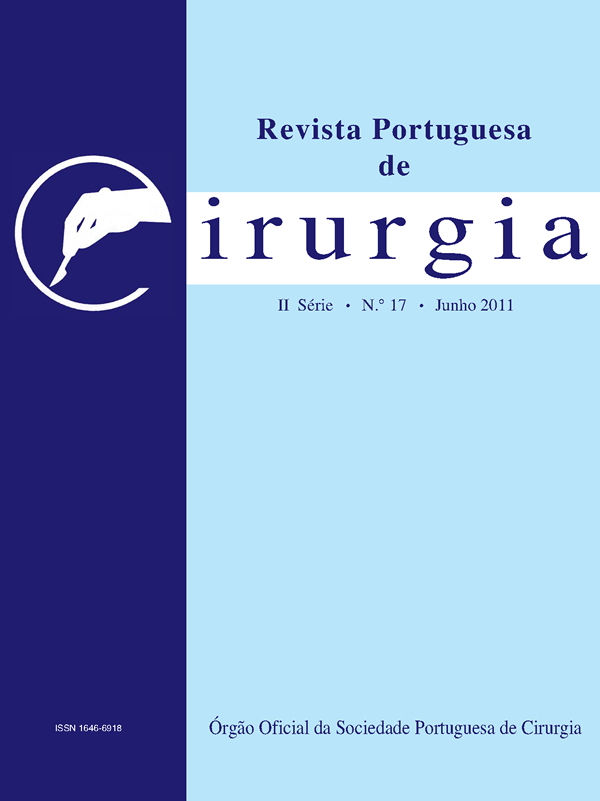Lynch Syndrome without mutation of Mismatch Repair Genes: The other face of the coin?
Abstract
Background: Lynch Syndrome (LS) is the most frequent form of hereditary colorectal cancer (CRC) and derives from germinative mutations in the mismatch repais genes (MMR). The clinical diagnosis is based on Amsterdam criteria (AC) but definitive diagnostic is based on the identification of a MMR gene mutation. Of these, MLH1 and MSH2 are the most frequent, followed by MSH6 and rarely by other genes (PMS1 and PMS2). In the cases where a germinative mutation is not found, patients appear to have more aggressive CRC and lower incidence of extra-colonic disease.
Methods: The patients were selected from a prospectively collected database and the results analysed retrospectively. We selected patients with CRC from families with Amsterdam or Bethesda Criteria for LS. The patients were stratified into 2 groups: patients with known MMR genes mutation (LS) and patients with AC and non-indentified MMR mutation. We reviewed clinical, pathological and survival data.
Results: We selected 60 patients, 55 of which had AC for LS and 64% had a defect in MMR genes. Age at diagnosis was not different between groups. XS patients had fewer extra-colonic malignancies (10% vs. 22%; p=0.23) and the CRC were more often left-sided (70% vs. 48%; p=0.09). LS patients were predominantly male (72,5% vs 45%; p=0.049) and Microsatellite Instability was more frequent (79% vs. 22%; p=0.002). The 5-year survival rate was 80% and 62%, respectively for LS and XS (p=0.16).
Conclusion: The clinical and pathological differences observed in patients from families with AC without defects of MMR genes, supports the existence of a different clinical entity, which in spite of a similar familiar clustering, presents an unknown carcinogenesis. In the families with X syndrome it is mandatory the clinical screening of all individuals at risk for colorectal cancer and extra-colonic malignancies.
Keywords: Colo-rectal cancer; Lynch Syndrome; Mismatch repair genes
Downloads
Downloads
Published
Issue
Section
License
Para permitir ao editor a disseminação do trabalho do(s) autor(es) na sua máxima extensão, o(s) autor(es) deverá(ão) assinar uma Declaração de Cedência dos Direitos de Propriedade (Copyright). O acordo de transferência, (Transfer Agreement), transfere a propriedade do artigo do(s) autor(es) para a Sociedade Portuguesa de Cirurgia.
Se o artigo contiver extractos (incluindo ilustrações) de, ou for baseado no todo ou em parte em outros trabalhos com copyright (incluindo, para evitar dúvidas, material de fontes online ou de intranet), o(s) autor(es) tem(êm) de obter, dos proprietários dos respectivos copyrights, autorização escrita para reprodução desses extractos do(s) artigo(s) em todos os territórios e edições e em todos os meios de expressão e línguas. Todas os formulários de autorização devem ser fornecidos aos editores quando da entrega do artigo.



